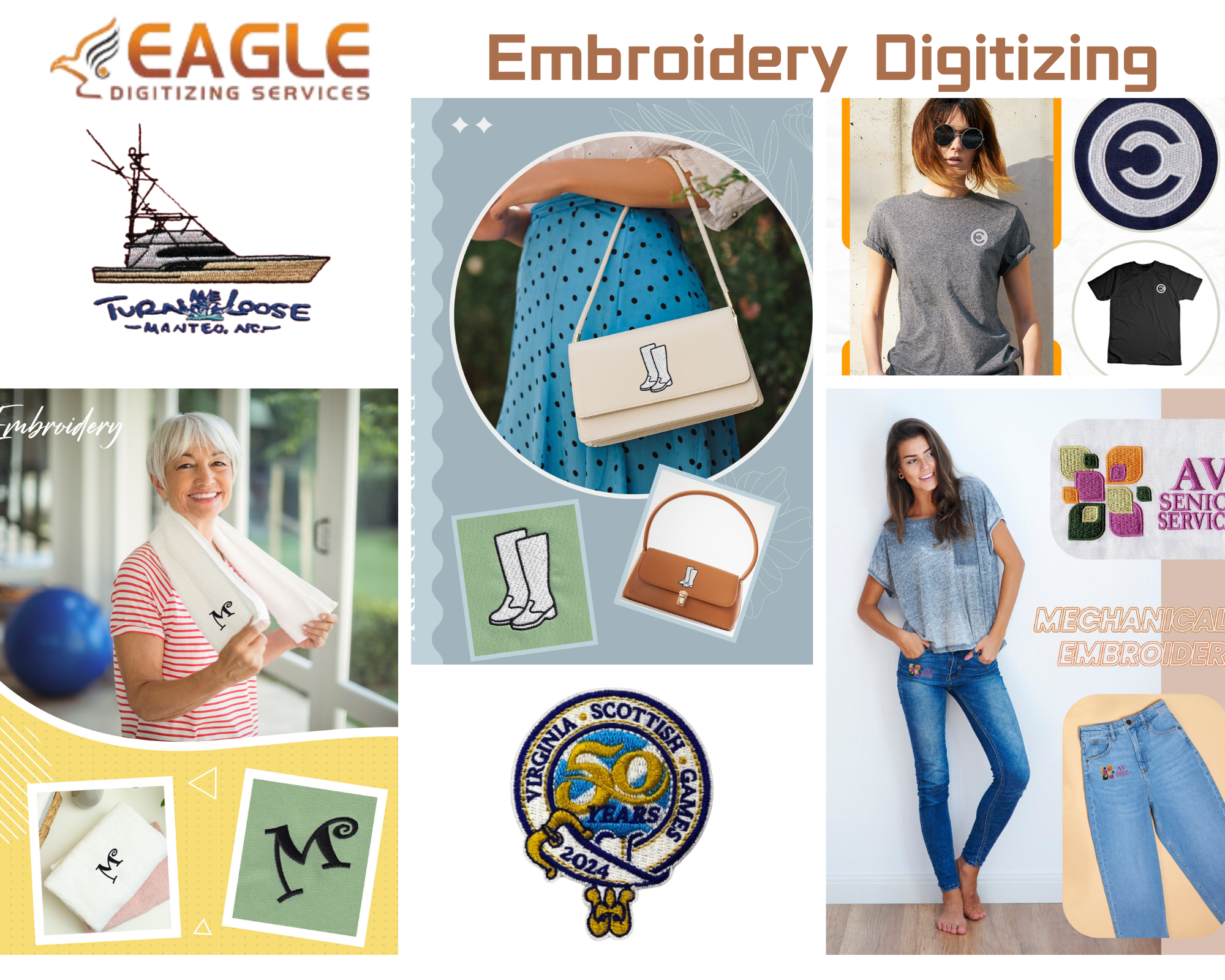How to Use Vector Graphics to Enhance Print Quality
In the world of digital design and printing, the quality of the final product is paramount. One of the most effective ways to ensure high-quality prints is by using vector graphics. Unlike raster images, which can become pixelated when scaled, vector graphics maintain their clarity and sharpness at any size. This makes them an ideal choice for a variety of print applications, from business cards to large banners.
Understanding Vector Graphics
Vector graphics are created using mathematical equations rather than pixels. This means they are composed of paths defined by a start and end point, along with other points, curves, and angles. The key advantage of this is scalability. No matter how much you enlarge or reduce a vector image, it will never lose its quality. This is particularly important in printing, where the resolution of an image can significantly affect the final output.
The Advantages of Vector Graphics in Printing
There are several reasons why vector graphics are preferred in the printing industry:
- Scalability: As mentioned, vector graphics can be scaled to any size without losing quality. This is crucial for printing large format items like posters and billboards.
- File Size: Vector files are generally smaller than raster files, making them easier to store and share.
- Editability: Vector graphics are easier to edit. You can change colors, shapes, and sizes without affecting the quality of the image.
- Precision: The mathematical nature of vector graphics allows for precise control over the design elements, which is essential for detailed work like logos and typography.
Applications of Vector Graphics in Printing
Vector graphics are used in a wide range of printing applications. Here are a few examples:
Business Cards and Stationery
For business cards and stationery, clarity and professionalism are key. Vector graphics ensure that logos and text are sharp and clear, no matter the size of the print.
Large Format Printing
When it comes to large format printing, such as banners and posters, vector graphics are indispensable. They allow for high-quality prints that are free from pixelation, ensuring that the message is conveyed clearly and effectively.
Apparel and Merchandise
Vector graphics are also widely used in the production of apparel and merchandise. Techniques like silkscreen printing benefit from the precision and clarity of vector images, resulting in high-quality prints on fabric and other materials.
Creating and Converting Vector Graphics
Creating vector graphics requires specialized software such as Adobe Illustrator or CorelDRAW. These programs allow designers to create and manipulate vector paths to produce intricate designs. Additionally, there are services available that can convert raster images into vector format, ensuring that even existing designs can benefit from the advantages of vector graphics.
Vector Conversion Services
For those who need to convert existing images into vector format, there are professional vector conversion services available. These services use advanced techniques to ensure that the converted images retain their quality and are suitable for printing.
Future Trends in Vector Graphics and Printing
As technology continues to evolve, the use of vector graphics in printing is expected to grow. With advancements in software and printing technology, designers will have even more tools at their disposal to create stunning, high-quality prints. Additionally, the demand for eco-friendly printing solutions is likely to increase, and vector graphics, with their efficient use of resources, are well-positioned to meet this demand.
In conclusion, vector graphics play a crucial role in enhancing print quality. Their scalability, precision, and versatility make them an indispensable tool for designers and printers alike. As the industry continues to evolve, the importance of vector graphics is only set to increase. For those looking to ensure the highest quality in their print projects, embracing vector graphics is a step in the right direction. Eagle Digitizing excels in delivering professional vector art services, transforming creative visions into scalable designs.
.png)


